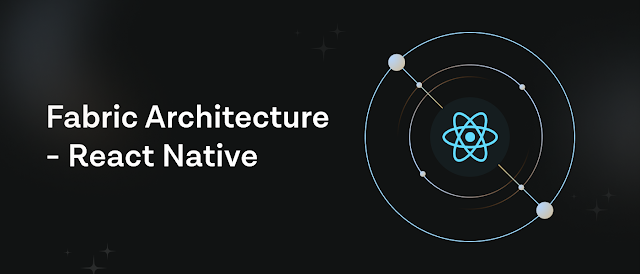How to create custom hook in react?

In React, a custom hook is a JavaScript function that starts with the word “use” and that can call other hooks. Custom hooks allow you to extract component logic into reusable functions. To create a custom hook, you can define a function that starts with the word “use” and that includes any logic that you want to reuse. You can then call this function within your components to access the logic it contains. Here is an example of a simple custom hook that manages the state of a toggle button: This custom hook uses the built-in useState hook to manage a piece of state that represents whether the toggle button is on or off. It also defines a function called toggle that can be used to toggle the state. The hook returns an array that contains the current state and the toggle function. Then you can use this custom hook in your component: In this example, the MyToggleButton component calls the useToggle custom hook and destructures the returned ar...


